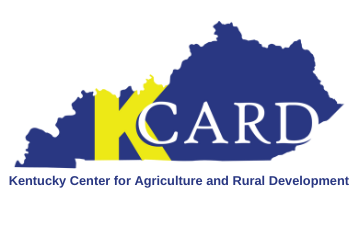Have you thought about getting crop insurance but assumed it would be too expensive or that it was only for large-scale operations? Crop insurance can be an option for your farm to help you cover risk associated with weather or revenue. Today, the federal government helps cover 38% to 80% of your premium, depending on the amount of coverage, the policy, and what you grow.
There are programs that may fit small and diversified farmers: The Farm Service Agency Noninsured Crop Disaster Assistance Program (NAP), Multi Peril Crop Insurance, and Whole Farm Revenue Protection.
Multi-Peril Crop Insurance programs can help insure against revenue loss from lower prices or losses related to lower yields from natural causes.
Farm Service Agency NAP is not crop insurance but is purchased through the Farm Service Agency and protects uninsurable crops from disasters that reduce yield or prevent planting. It is available for crops that traditional crop insurance doesn’t cover in your area, but you must purchase it for each individual crop. It will not pay a premium for products. There is an application fee of $250 per crop, up to $750 (3 crops) per producer per county (you can insure more than 3 crops). The application fees cover a catastrophic crop loss, which means a yield of less than 50% of what you expected. You can increase your coverage, but it will cost an additional premium, per crop, and only goes up to 65% coverage. For examples of NAP coverage, go to http://fsa.usapas.com/NAP.aspx.
Whole Farm Revenue Protection (WFRP) may be good for farms that sell their products at a premium price, whether that is because it is local, organic, grass-fed, or heirloom. Unlike traditional crop insurance, it is available in every county. Since it provides for loss in revenue, not yield, it better protects farmers who sell a premium product when compared to NAP. WFRP insures everything on your farm under one policy but does not insure forest products or animals for sports or shows. If you have 3 or more qualifying products, you can insure up to 85% of your expected farm revenue. To qualify, you need 5 years of your past Schedule F tax forms (3 for new farmers), production history for as many years, and information to support any farm expansion. Premiums are likely less than you think – examples seen include $80,000 in insurance for a $1,000 premium on a diverse farm. To use the official Risk Management Agency’s premium estimator, be sure to allow pop-ups.
If you want to work on your farm revenue figures and determine if crop insurance will help you manage farm risk, contact us today at kcard@kcard.info or via phone at 859-550-3972.

